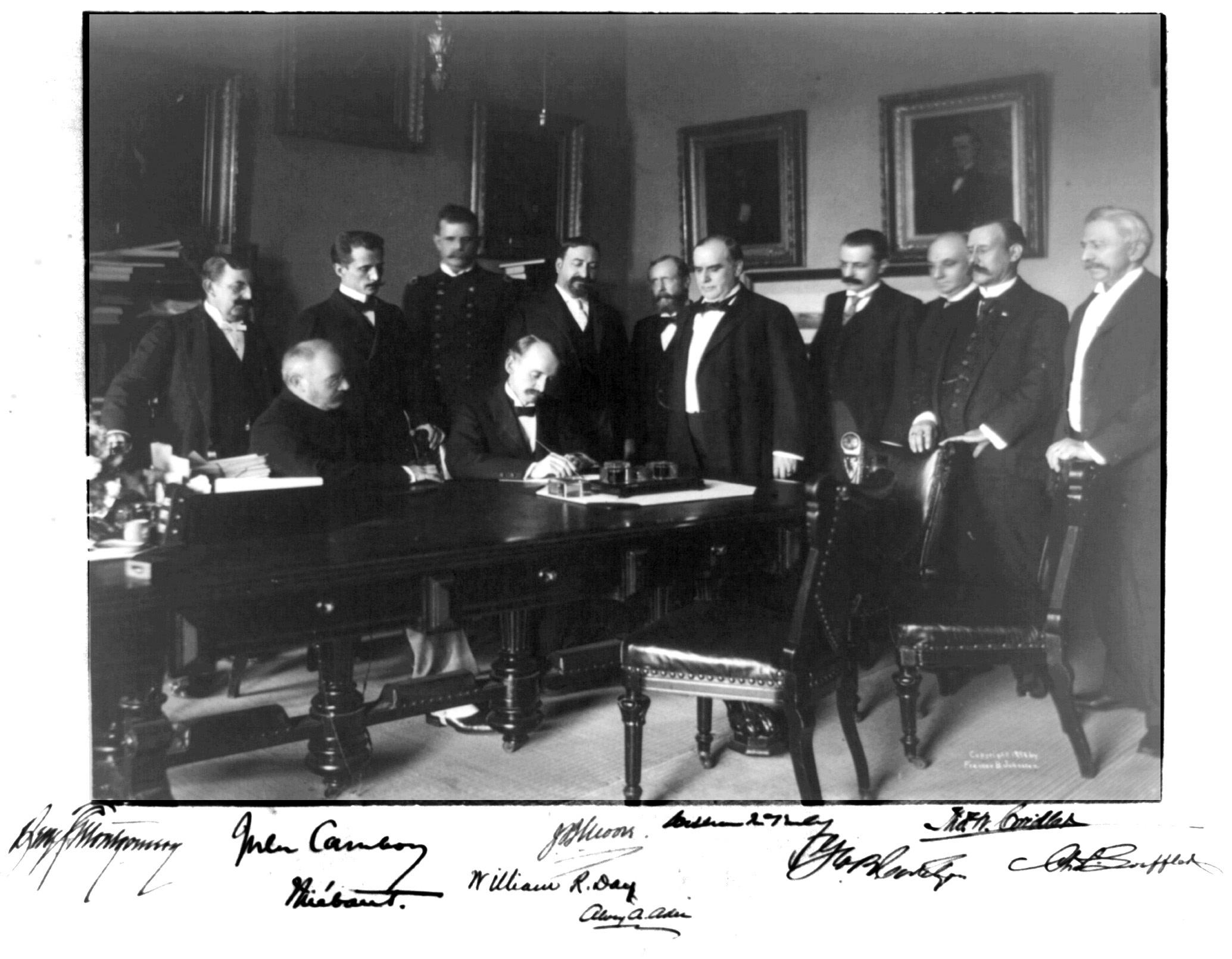V
SEATO, THE PHILIPPINES AND FRANCE
The Manila Pact, or Southeast Asia Collective Defense Treaty, was signed on 8 September 1954 by eight states: the United States, Australia, New Zealand (who had already signed a first trilateral defense treaty, ANZUS, in 1951), the United Kingdom, France, Pakistan, Thailand and the Philippines. The pact was to be known as SEATO, though it did not imply a joint command such as NATO. Its headquarters was located in Bangkok.
Section 1, Article IV of the Pact states that “Each Party recognizes
that aggression by means of armed attacks in the treaty area against any of the Parties or against any State or territory which the Parties by unanimous agreement may hereafter designate, would endanger its own peace and safety, and agrees that it will in that event act to meet the common danger in accordance with its constitutional processes”, hence, the Pact could be extended to other countries. To bypass the 1954 Geneva Agreement preventing the three Indochinese States to eventually join SEATO, a protocol was annexed to the treaty, mentioning that the States unanimously designed for the “purposes of Article IV” were “Cambodia and Laos and the free territory under the jurisdiction of the State of Vietnam”. However, none of the three entities had been properly consulted to know their wishes as far as their own security was concerned. Though Indian Prime Minister Jawaharlal Nehru questioned the commitment of Asian leaders supporting the Manila Pact in front of Philippine delegate Carlos Romulo87 during the Bandung Conference,88 the Philippines remained staunchly anti-colonialist. While the Philippines did not sign the 26 July 1955 letter written by the Afro-Asian group requesting the inclusion of the Algerian question in the UN tenth session, it voted with the Afro-Asians and against France and Western powers to put Algeria on the agenda.89 180
DISCOV _INT PP 050719.indd 192
5/7/19 8:50:30 PM


































